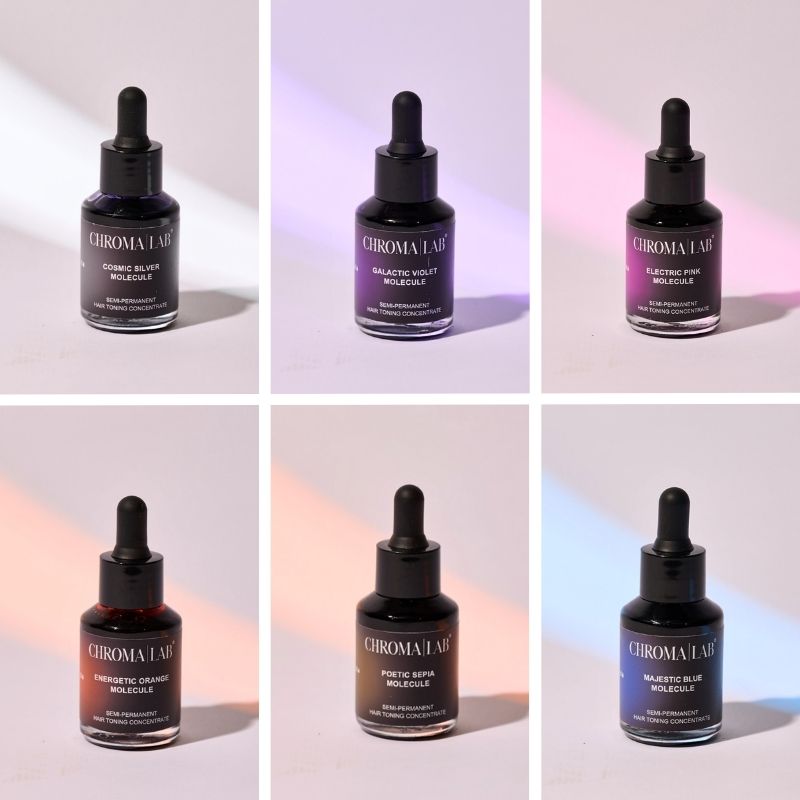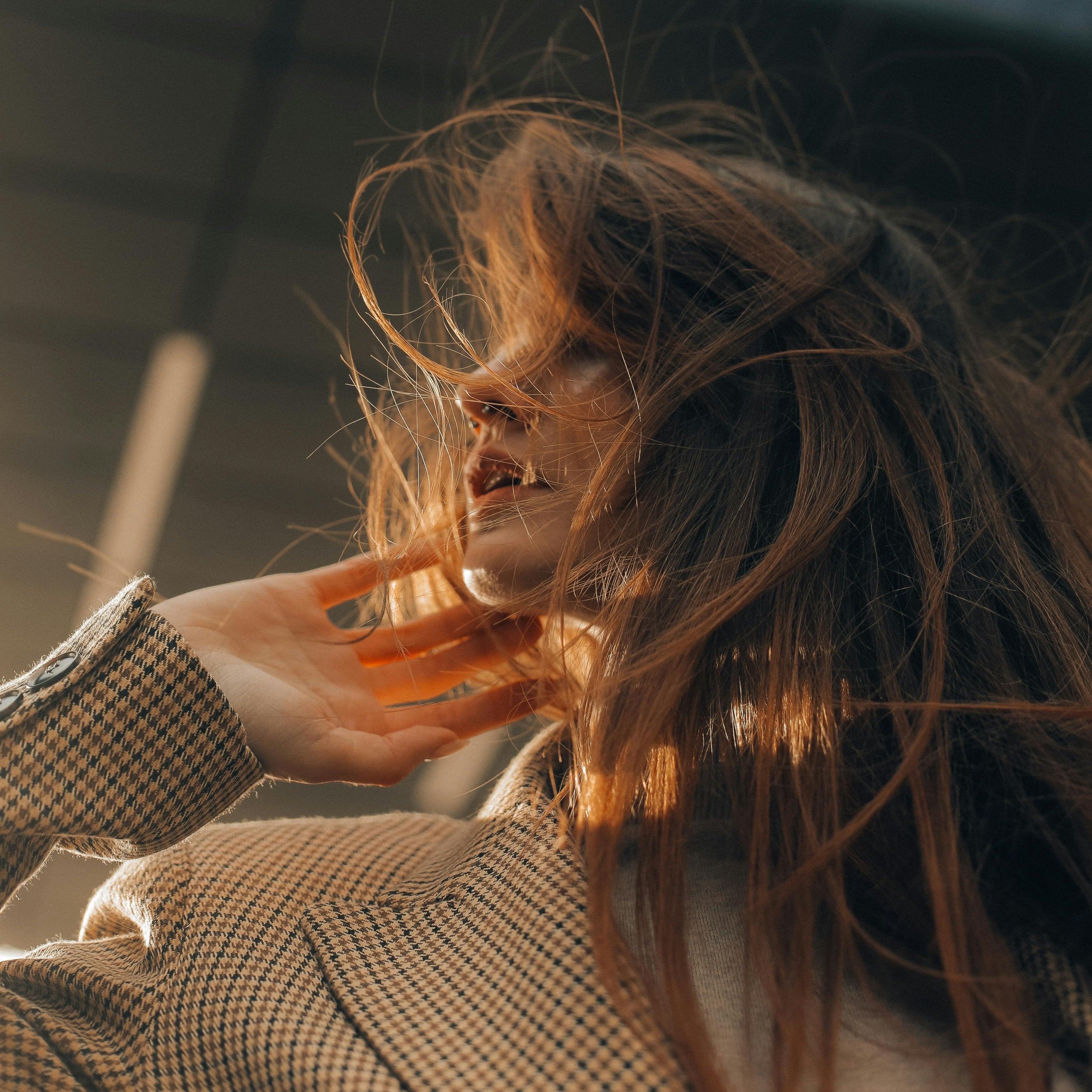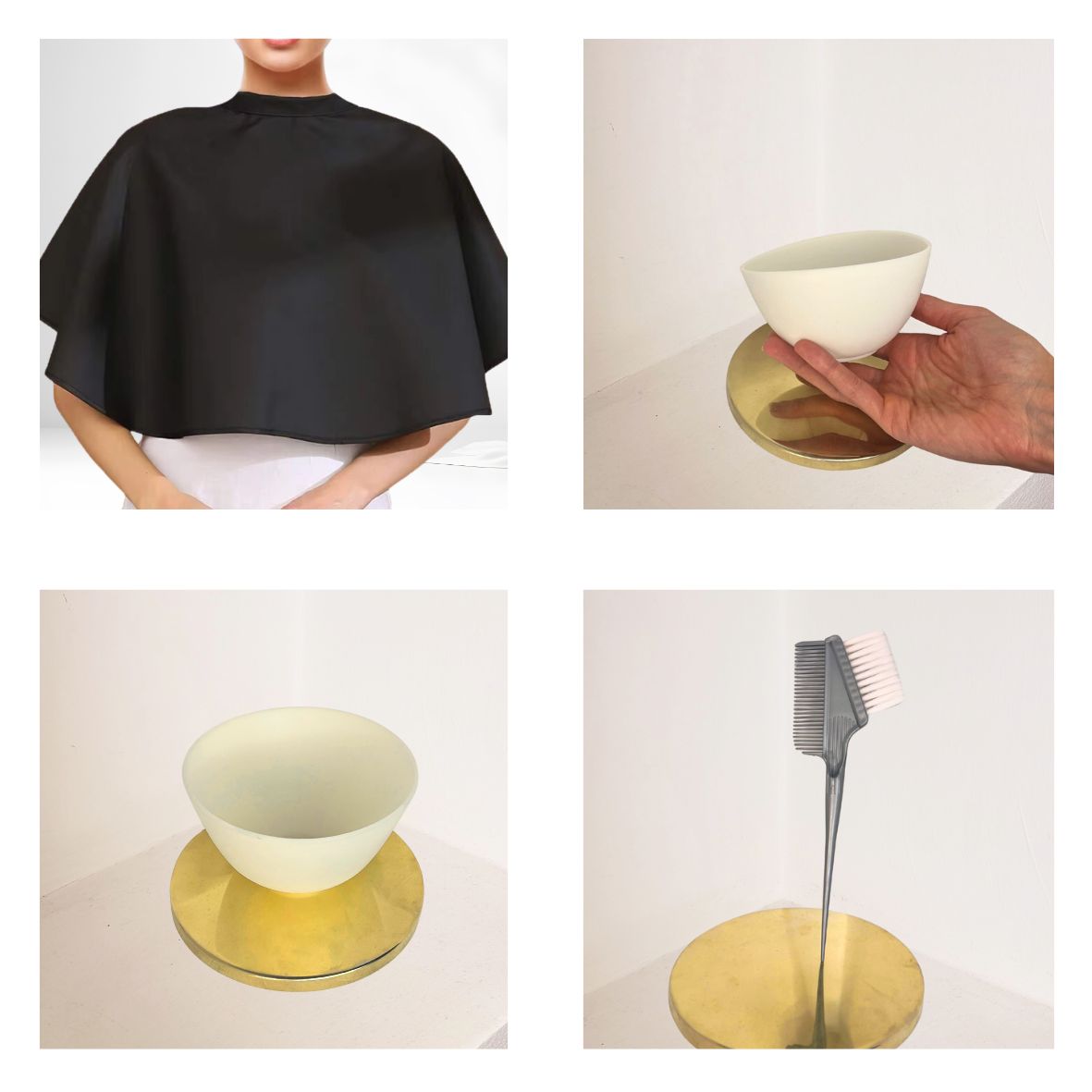For at gøre det nemmere at finde ud af, hvilke tøjfarver der klæder dig – eller om den øjenskygge, du kigger på i butikken, vil få dine øjne til at poppe eller bare få dig til at se træt ud – vil jeg gerne introducere dig til et koncept kaldet farvetyper .
Ideen er, at du gennem en farveanalyse kan identificere en række toner – dit farvespektrum – der naturligt forbedrer dit udseende.
Det er ærligt talt magisk, hvad de rigtige farver kan gøre for dit ansigt: din hud ser mere ensartet og strålende ud, din øjenfarve skiller sig ud, og dit hår indrammer dit ansigt på den mest flatterende måde.
Hvordan farver påvirker vores udseende:
I æstetikkens verden findes der tre typer farver:
- Farver der passer til dig,
- Universelle farver,
- Og farver der ikke klæder dig
Farver der passer til dig:
Det er disse farver, der naturligt fremhæver dine øjne, din hud og dit hår. Når du bruger dem, behøver du ikke meget makeup – de udjævner din hudtone og blødgør mørke rande under øjnene, hvilket giver dig et friskt og strålende look!
Du har sandsynligvis allerede opdaget nogle af disse nuancer – det er ofte den yndlingskjole eller læbestift, du altid bruger, når du vil føle dig lidt ekstra sexet. Men hvad er det ved disse toner, der får dig til at se så godt ud?
Når en farve deler de samme dimensioner som din naturlige farve, vil den få dig til at stråle.
Universelle farver:
Disse nuancer er hverken særligt flatterende eller uflatterende. De har en tendens til at være mere neutrale i deres dimensioner – ikke for varme eller kolde, for mørke eller lyse, eller for afdæmpede eller intense.
Universelle farver er fantastiske til at understøtte dit overordnede look. For eksempel, når du bruger en markant læbestift, kan en neutralt tonet øjenskygge hjælpe med at definere dine øjne uden at trække opmærksomheden væk fra dine læber.
Forkerte farver til dig:
Det er disse nuancer, der får dig til at se træt, udvasket ud eller fremhæve mørke rande under øjnene. Hvorfor? Fordi de kolliderer med din naturlige farve – forskellen i farvedimensioner er simpelthen for stor.
Du har sikkert oplevet dette: at prøve en læbestift, der pludselig fik dig til at føle, at du så ti år ældre ud. Det er et tydeligt tegn på, at du har fundet en nuance, du kan undvære.
At kende dit farvespektrum er en god guide til at finde dine bedste nuancer – det hjælper dig med at vælge de rigtige toner i makeup, styling, hårfarve, smykker og accessories.
En farveanalyse som denne er baseret på din naturlige farve (øjen-, hår- og hudtone) og giver dig indsigt i, hvilken farvetype du har – og dermed hvilket farvespektrum der passer bedst til dig!











Skriv en kommentar